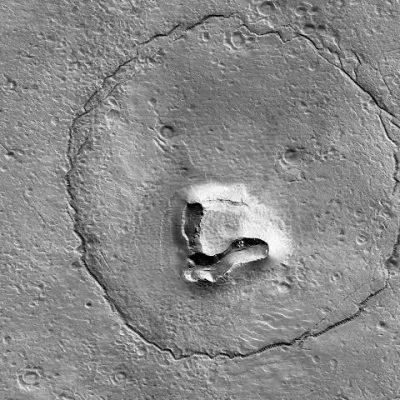Whether it is desolate fields, dark forests, polluted rivers, or concrete forests, the environment can leave evidence of a culprit. This principle has been well known to crime investigators since the late 1800s. Let’s see how an algae can help catch criminals.
If a body is found in a pond or any other place, an important question before the police is whether he drowned or was dumped in a pond after his death.

Diatom algae are an organism that helps researchers find the answer to that question. Microscopic algae, such as diatoms, are found everywhere, including seas, lakes, soils, wells, rocks, and wet surfaces.
Some facts about drowning death ……
After death, the esophagus and trachea close, causing the muscles in the throat to relax. This means that when the body is put in water after death, water cannot enter the lungs. But if you die by drowning, the water will enter your lungs in a panic before you drown. When water enters in this way, the above-mentioned diatom algae, which are aquatic organisms, enter the lungs along with the water. When drowned, the person breathes and swallows several times. Diamonds are so small that they travel from the lungs to the bloodstream and then to various organs throughout the circulatory system, including the lungs, brain, and bone marrow. When water enters the lungs, it travels in the above manner and reaches the internal organs of the body only if it is alive.

Detection of the algae in the brain and bone marrow of the body obtained from the water is an indication that the cause of death was drowning (this is only one of the most important pieces of evidence). Diatoms can be observed under a microscope after postmortem examination. They can be compared to the diatoms in the water where the body was found. If there are no diatoms in the body, it may mean that the prey has not drowned. If the diatoms in the organs are very different from the water in which the body was found, it means that the victim was deliberately drowned elsewhere and moved to a second location. Their microscopic size, the presence of stagnant and flowing water, and their density in different environments vary.
Diatoms appear golden brown to the naked eye. However, when viewed under a microscope, they display beautiful shapes, colors, and decorations. It is estimated that there are more than 20,000 species worldwide. Another advantage of this is that it can be found even in a body that has been dissolved in water for a few days. After 8 days, their presence decreases.

Although most crime takes place on land, about 71% of the earth’s surface is covered by some form of water, so water is often a factor in crime. Accidental deaths, suicides, natural or civil disasters (including plane crashes).
It is a crucial piece of information in any forensic investigation – calculating the time of death. It is very difficult to estimate the time of death that took place in the water. Research has shown how diets can be used in this. This is done in conjunction with other independent techniques in forensic pathology. Scientists often draw conclusions based on the level of fermentation in the body and the presence of insects and bacteria.

In some cases diatom testing may not be effective. For example, if a person drinks water from a well and diatoms from the well are found in the body, and he has drowned in the same well, the diatom test may not be reliable. Also, if the person falls into the water and dies instantly, the test will be negative.




Recent Comments